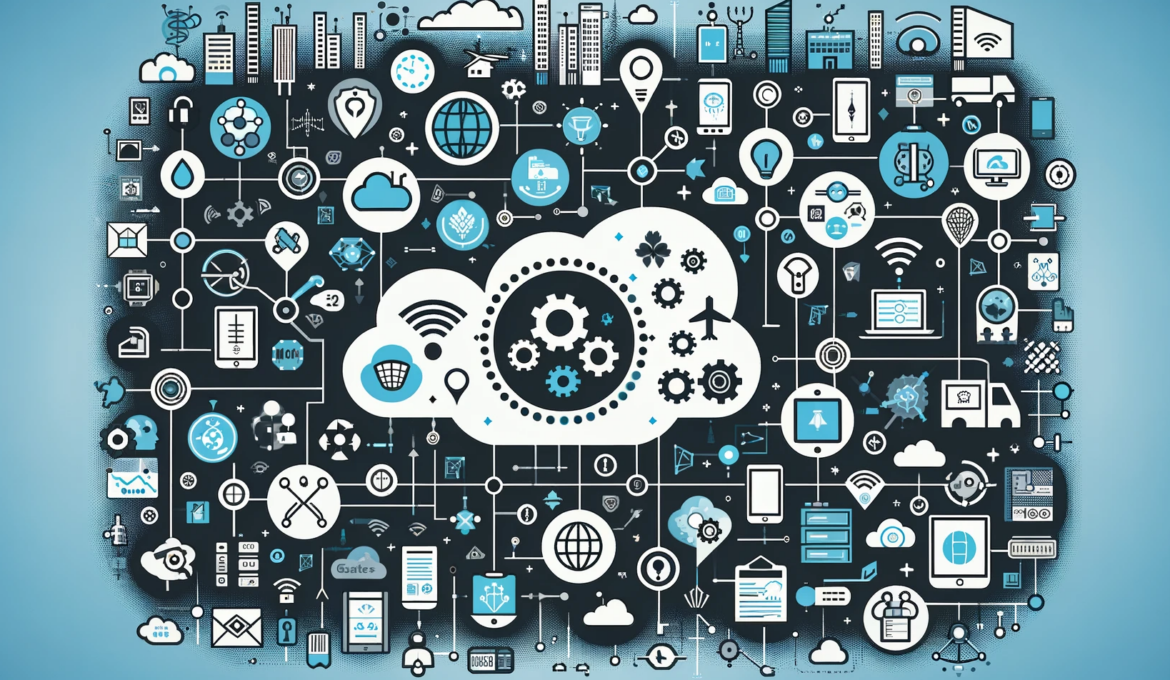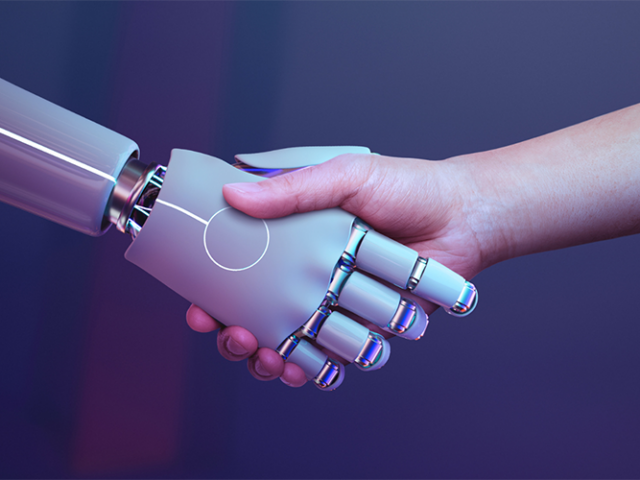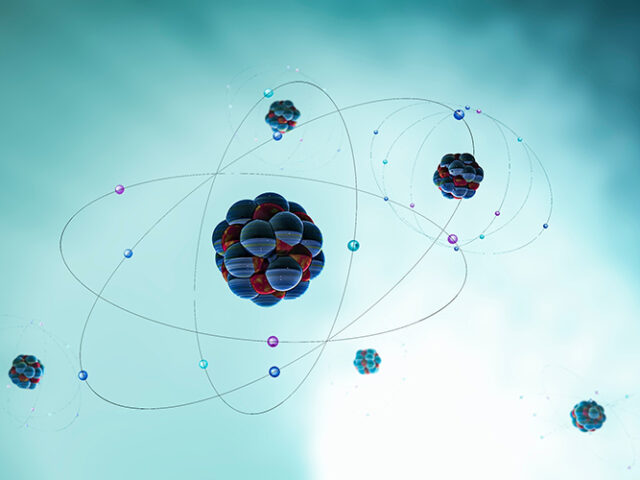Machine-to-Machine (M2M) architecture in IoT refers to the technology enabling networked devices to exchange information and perform actions without human intervention. This concept, pivotal to the IoT ecosystem, allows direct communication between devices via wired or wireless channels, forming the foundation upon which IoT applications and services are built.
Key components of M2M architecture
- Communication Protocols: Essential for defining how devices communicate within the M2M network, ensuring data is transmitted securely and efficiently. Common protocols include MQTT (Message Queuing Telemetry Transport), CoAP (Constrained Application Protocol), and HTTP (Hypertext Transfer Protocol).
- Gateways: Serve as intermediaries between devices and the central platform or cloud, aggregating and translating data from diverse devices into a unified format. They also bolster security through encryption and authentication.
- Central Platform/Cloud: Acts as the repository where data from connected devices is stored, processed, and analysed. It facilitates real-time monitoring, data management, and advanced analytics, enabling data-driven decision-making.
- Data Analytics: Transforms raw data into actionable insights through advanced algorithms and analytics, helping organisations optimise operations, detect issues, and make informed decisions.
- Security Measures: Ensures data transmission across networks is protected from unauthorised access or tampering, incorporating encryption, secure authentication, and access control.
- User Interfaces: Allows users to interact with the M2M IoT system through web-based dashboards, mobile applications, or dedicated control panels for monitoring and managing device status and receiving alerts.
M2M vs. IoT
While M2M and IoT often seem interchangeable, they possess distinct differences. M2M systems typically feature isolated, stand-alone networked equipment facilitating point-to-point communications between machines, sensors, and hardware over cellular or wired networks. Conversely, IoT systems leverage IP-based networks, connecting IoT devices to gateways, cloud platforms, or middleware, thus integrating disparate systems into a cohesive, connected ecosystem.
M2M systems focus on operational efficiency and are critical for applications like remote control, logistics, and fleet management. They are characterised by low power consumption, scalability, time tolerance, and specific communication principles, ensuring effective service for M2M applications.
The oneM2M model
The oneM2M model plays a pivotal role in enhancing interoperability within the Internet of Things (IoT) by providing a unified framework that standardises the manner in which IoT devices and applications communicate and interact across various industries and sectors. The model is centered around a service layer that acts as a middleware, facilitating seamless communication between diverse IoT devices and applications without the need for detailed expertise in connectivity technologies.
The oneM2M architecture is designed to deliver a broad range of common service layer functions (CSFs), which are critical for the robust operation of IoT applications. These functions include user and application identification, authentication and authorisation, end-to-end data encryption, remote provisioning and service activation, device management, connectivity setup, data transmission scheduling, data aggregation, buffering, and synchronisation upon connectivity re-establishment, and application and data discovery functions.
These functions are made accessible to IoT applications through globally standardised, vendor-independent, and uniform APIs. This abstraction allows application developers to focus on developing the actual IoT application, such as measuring physical parameters, pre-processing of data, or controlling attached hardware, without needing to delve into the underlying connectivity technologies.
A notable aspect of the oneM2M model is its emphasis on cross-vertical interoperability and the independence it offers from cloud or IoT application platform providers. The model supports interworking with legacy technology and various IoT ecosystems through a rich set of proximal IoT technologies. This fosters long-term evolution and sustainability within the IoT domain by not disrupting existing vertical deployments but rather evolving them.
Moreover, the oneM2M standard enhances data-sharing efficiency by implementing provisioned policies that govern the use of network resources. This approach not only mitigates the impact of low-value message storms on networks but also optimises operational expenditures by allowing for flexible deployment across all domains, reliance on known existing APIs for IP communications, and awareness of optimisations if the underlying network is 3GPP-based.
Conclusion
M2M IoT architecture holds immense potential across various sectors, revolutionising industries through enhanced efficiency, cost savings, improved decision-making, and heightened customer experience. Its applications span industrial automation, smart healthcare, smart cities, agriculture, transportation, and energy management, each benefiting from the automation, real-time monitoring, and predictive maintenance capabilities that M2M IoT provides.
As we delve deeper into the era of digital transformation, understanding and leveraging the strengths of both M2M and IoT will be crucial for organisations seeking to harness the power of connected devices to foster innovation, efficiency, and growth.




